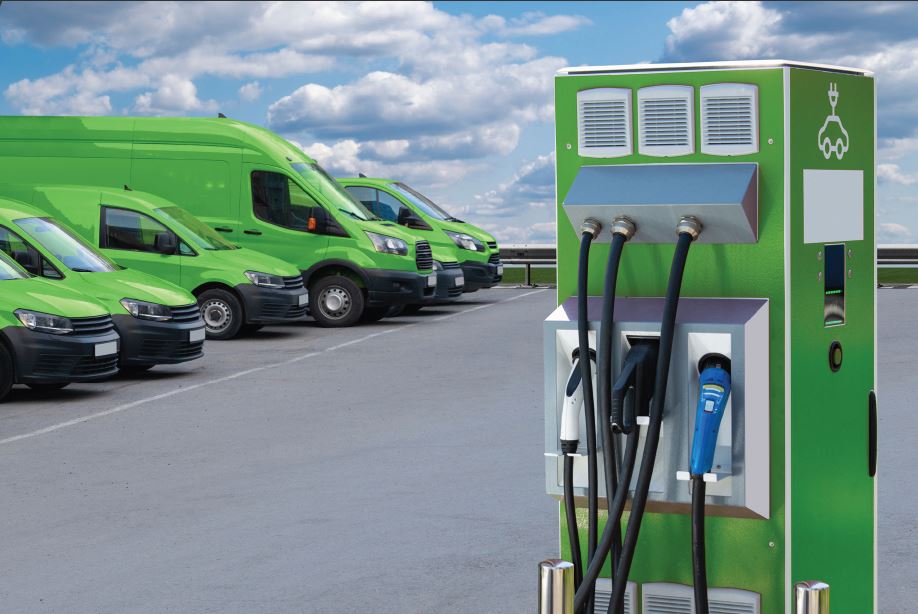As we enter the second half of the year, EVs remain a hot topic of conversation in the industry. There has been a slew of high-profile announcements from both legacy and startup OEMs and the recent push by the Biden administration making EVs a centerpiece of the infrastructure bills. The market has been primed for EVs to be in high demand when they start rolling off assembly lines later this year and into next. Demand for electric vehicles in the U.S. is anticipated to increase by 6.9 million units by 2025, a rise from 1.4 million units in 2020, but available inventory is not expected to meet demand for at least the next five years. This mismatch between supply and demand means fleets need to start now if they wish to take advantage of electrification.
Even fleets that may be taking a “wait and see” approach due to questions about range or fit for application should begin planning. The variety of EV makes and models are expanding while internal combustion engine [ICE] vehicle production is projected to remain flat and ultimately slow down. According to BloombergNEF, several OEMs like Ford, GM, and Honda plan to phase out ICE vehicles within the next 10-15 years. In addition to traditional OEMs, new and emerging OEMs are entering the space as well to produce even more EV options across classes. EVs are also becoming more affordable and improving their capabilities: battery prices have dropped nearly 90% over the past 10 years, and BloombergNEF is projecting that EVs will reach price parity with ICE vehicles by 2025.
In addition to this rapidly changing landscape, fleet managers will likely be tasked with executing on C-suite and regional mandates around sustainability. This means navigating the shift from the traditional gasoline or diesel-powered fleet to one that incorporates zero emissions vehicles, predominantly EVs. At the minimum, fleet managers will want to get ahead of the EV wave that is coming and be prepared on several fronts, from infrastructure to acquisitions to driver training & policies.
The question many in the fleet industry have today is, in light of all these factors, how does a business get started? What steps need to be taken today to prepare for an electric tomorrow? At Merchants we have distilled it into five key steps:
- Learn about the EV Landscape
- Align Organizational Goals Around EVs
- Develop a Plan for the EV Initiative
- Run an EV Pilot Project
- Adopt the EV Pilot into the Business Model
We dive into each of these steps in our latest eguide, The Road to EV Adoption: How Fleet Managers Can Transition from Traditional to Innovative EV Fleets, which I encourage you to download here. If you need a quick guide, you can also check out our infographic about the Road to EV Adoption.
The most important part of any significant journey is simply committing to taking the first step. Wherever you are in your EV planning, your fleet partners can assist you in navigating that journey from strategy to execution. Lean on their expertise and know they are here to walk you through the process. Merchants Fleet recently launched AdoptEV, our program to help you identify the best path forward for your organization to begin adopting EVs. You can learn more about it here.


